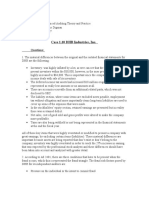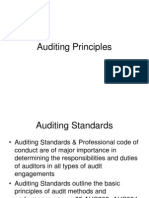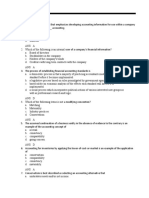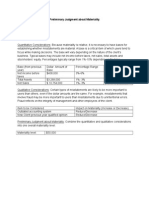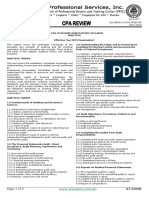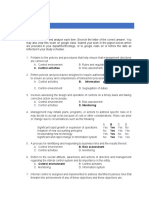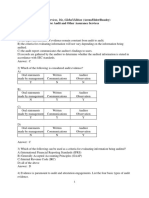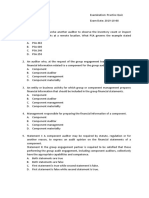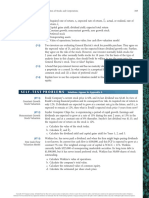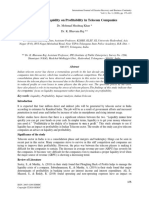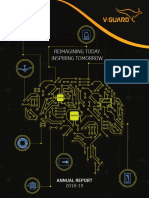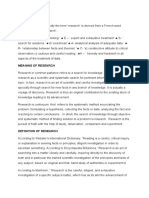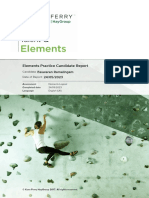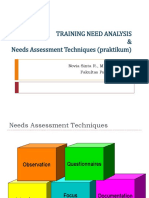0% found this document useful (0 votes)
502 views9 pagesChapter 11 - Audit Sampling Concepts - Notes
There are three main ways for auditors to select items for testing: testing all items (100% examination), selecting specific items, or using audit sampling. Audit sampling involves testing only a portion of the population and making inferences about the entire population. The key aspects of audit sampling are that less than 100% of items are tested and each item has a chance of being selected. There are risks to sampling, including sampling risk and non-sampling risk, which can be mitigated by increasing sample size or using an appropriate sampling method. Statistical and non-statistical sampling both involve planning, performing, and evaluating a sample, but statistical sampling allows measurement of sampling risk while non-statistical uses professional judgment.
Uploaded by
Savy DhillonCopyright
© © All Rights Reserved
We take content rights seriously. If you suspect this is your content, claim it here.
Available Formats
Download as PDF, TXT or read online on Scribd
0% found this document useful (0 votes)
502 views9 pagesChapter 11 - Audit Sampling Concepts - Notes
There are three main ways for auditors to select items for testing: testing all items (100% examination), selecting specific items, or using audit sampling. Audit sampling involves testing only a portion of the population and making inferences about the entire population. The key aspects of audit sampling are that less than 100% of items are tested and each item has a chance of being selected. There are risks to sampling, including sampling risk and non-sampling risk, which can be mitigated by increasing sample size or using an appropriate sampling method. Statistical and non-statistical sampling both involve planning, performing, and evaluating a sample, but statistical sampling allows measurement of sampling risk while non-statistical uses professional judgment.
Uploaded by
Savy DhillonCopyright
© © All Rights Reserved
We take content rights seriously. If you suspect this is your content, claim it here.
Available Formats
Download as PDF, TXT or read online on Scribd
/ 9




